By Michael Wilmington and Film Noir Blonde
It’s glorious and exciting, but it’s also sad.
Once again, the TCM Classic Film Festival – running April 6-9 in Hollywood – presents a wondrous bill of fare of great films, unique cinema rarities and restorations, along with lively conversations with critics, scholars and some of the people who made the movies of Hollywood’s Golden Age.
It’s a time for celebration. But it’s also a time of melancholy and reverie. This year a vital link has been broken. The passing of critic/columnist/interviewer supreme Robert Osborne, whom many saw as the face and voice of Turner Classic Movies, marks the loss of a movie buff and guide who was (just like one of the programs he hosted so entertainingly) one of the “Essentials.” We will all miss him.
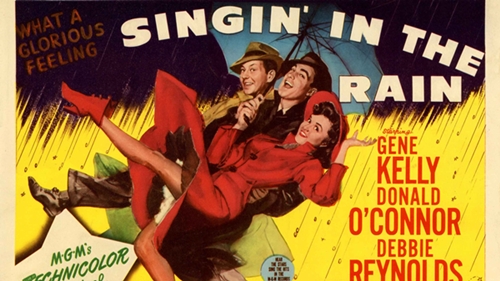 Fittingly in a way, the TCM Festival has chosen to celebrate Robert and the love of movies he exemplified, by choosing as its special theme this year that immortal slogan from “Singin’ in the Rain,” Gene Kelly and Stanley Donen’s rib-tickling masterpiece: “Make ’em Laugh” (Comedy in the Movies). The beloved musical will screen on Sunday.
Fittingly in a way, the TCM Festival has chosen to celebrate Robert and the love of movies he exemplified, by choosing as its special theme this year that immortal slogan from “Singin’ in the Rain,” Gene Kelly and Stanley Donen’s rib-tickling masterpiece: “Make ’em Laugh” (Comedy in the Movies). The beloved musical will screen on Sunday.
Comic relief is much needed tonic – even for noiristas – RO’s passing is a huge loss. What else can you see this year? How about the movie lots of folks think is Hollywood’s greatest comedy – 1959’s “Some Like It Hot,” a funny film with a film-noir pedigree.
Written and directed by the great noir auteur Billy Wilder, the risqué flick stars Tony Curtis and Jack Lemmon in drag, as “Josephine” and “Daphne,” pursued by Chicago gangsters (Including George Raft as the dour, murderous Spats Colombo).The “girls” hide out in a female jazz band, tumbling into priceless erotic escapades with the nonpareil Marilyn Monroe as the slightly boozy doozy of a chanteuse Sugar Kane. Joe E. Brown also makes the most of every second of his screen time.
Another top choice is Stanley Kubrick’s and writer Terry Southern’s murderously funny, magnificently screwy masterful satire that’s drenched in noir mood, style and cynicism: “Dr. Strangelove, or How I Learned to Stop Worrying and Love the Bomb.” You might die laughing here and watch the planet blow up along with you.
Sterling Hayden shines as the psychotic Air Force general, Jack D. Ripper, who illegally sends off the bombing raid that will trigger World War 3. George C. Scott is the bellicose hawk-and-a-half Gen. Buck Turgidson, who wants to blast the world too, but judiciously.And the inimitable imitator Peter Sellers in three terrific roles: the mild-mannered Stevensonian U.S. President Merkin Muffley, the stiff upper lip British officer, Mandrake, trying to stay sane in a world of madmen, and the Kissingeresque Doomsday adviser himself, Dr. Strangelove.
Sellers was also slated to play the cornpone captain of the top plane on the bombing raid, “King” Kong, but dropped out for medical reasons (or, perhaps, as some say, because he was having trouble getting the accent). He was replaced by the amazing Western character actor and ex-rodeo clown Slim Pickens. Slim turned out to be practically perfect casting.
There you have three of the finest, funniest, most unforgettable movie comedies ever made. What else? How about the cult April-December romantic hit Hal Ashby’s and writer’s Colin Higgins’ 1971 “Harold and Maude,” starring Bud Cort as the boy who keeps trying to kill himself, and the amazing Ruth Gordon as the ebullient old lady who gives him back his life?How about the super train comedy “Twentieth Century”? Here, Carole Lombard is the crazy glam-goddess Hollywood superstar and John Barrymore hams it up as her crazier stage director and Svengali. Directed by Howard Hawks (at his peak) with a script by Ben Hecht and Charlie MacArthur (at their peaks).
How about Stanley Kramer’s (underrated) all-star epic “It’s a Mad, Mad, Mad, Mad World”? Or the Marx Brothers in “Monkey Business” and W.C. Fields in “Never Give a Sucker an Even Break,” which pretty much speaks for itself, and the great Charlie Chaplin, tweaking Hitler in “The Great Dictator.” How about Preston Sturges’ “Unfaithfully Yours” and “The Palm Beach Story”?
Oh, and don’t forget Frank Capra’s “Arsenic and Old Lace,” Leo McCarey’s “The Awful Truth,” Harold Lloyd in “Speedy,” plus Laurel and Hardy in “Way Out West.”
How about it? We’re in!
God bless the clowns. And Robert Osborne too.
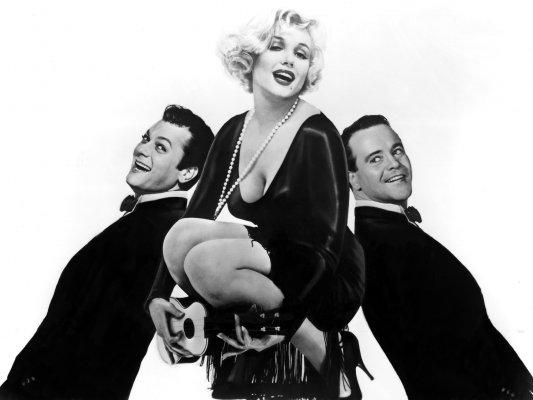
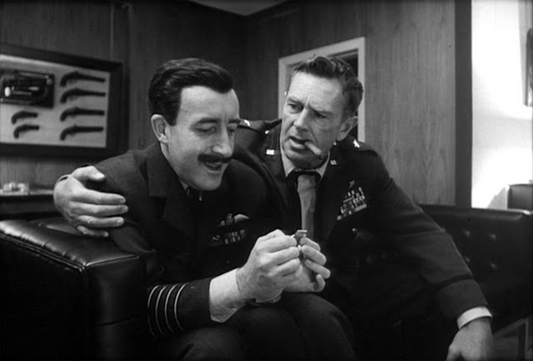






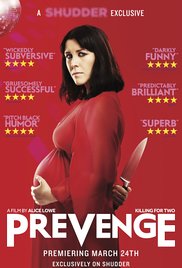
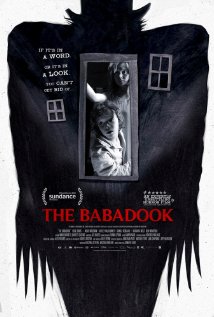
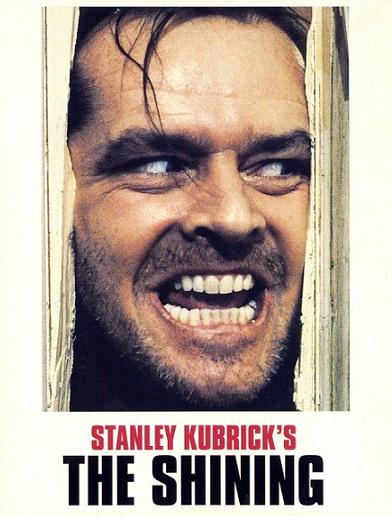
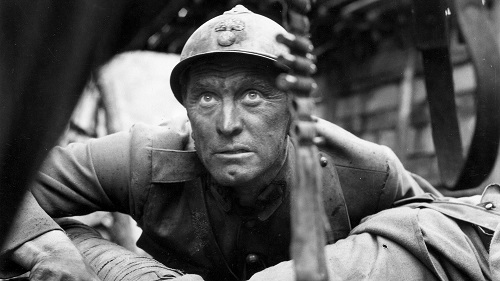
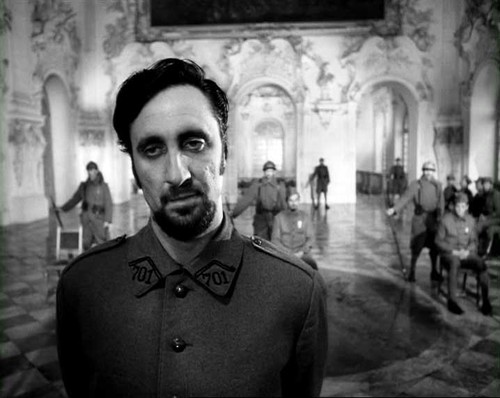
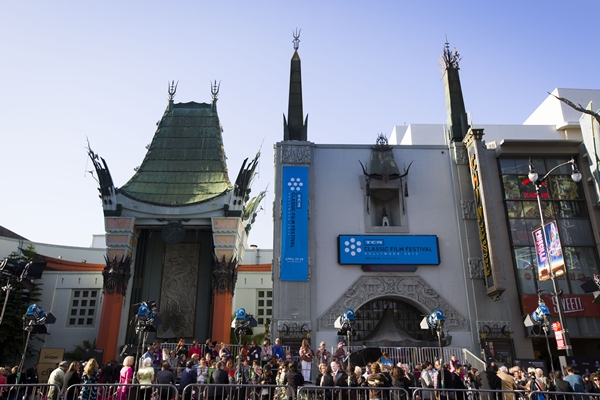

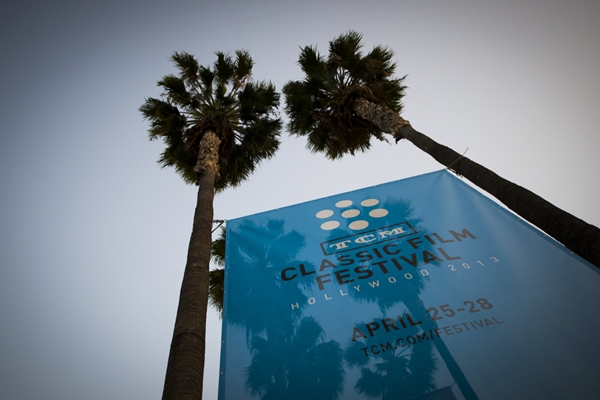
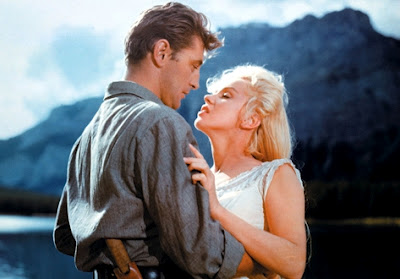

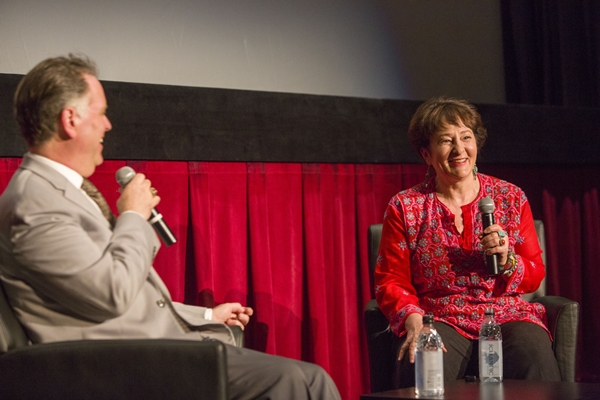
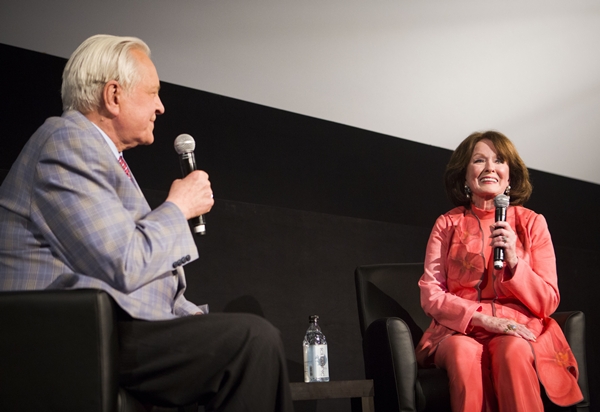
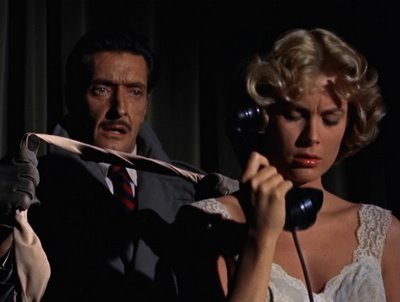
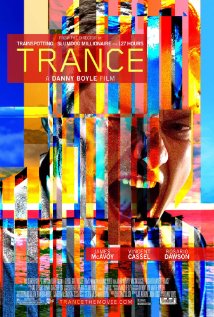
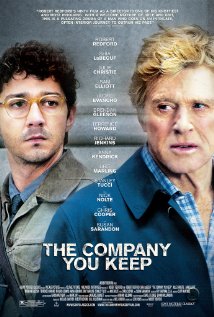
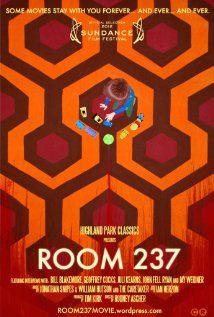
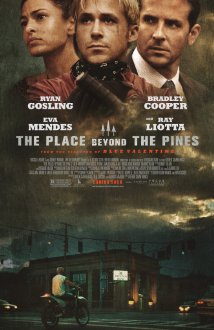
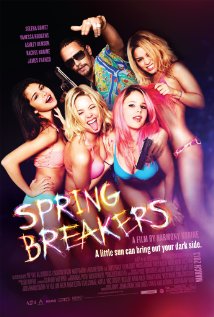
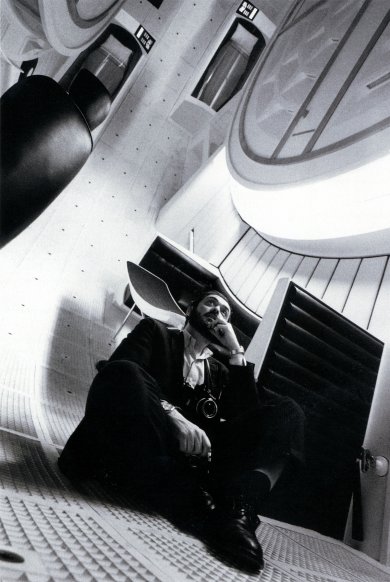
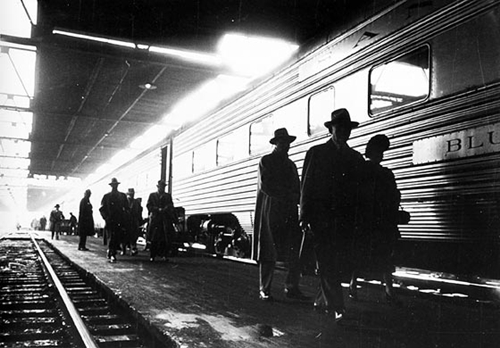
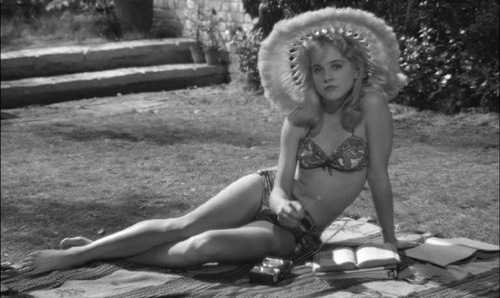
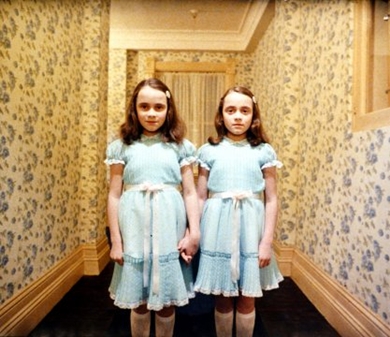
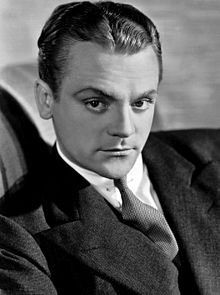
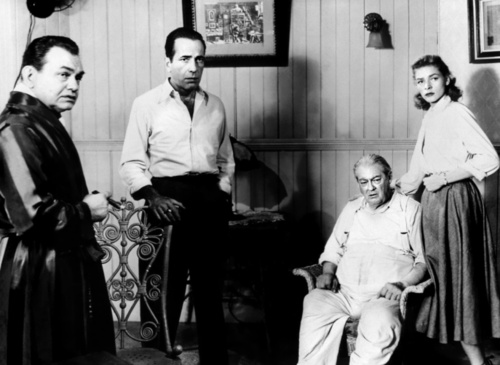
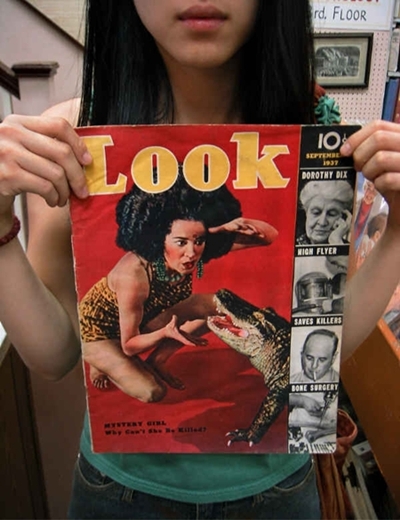





From FNB readers